Southshore Spit, a rich and diverse coastal area in South New Brighton, has been used for centuries by Ngāi Tahu for mahinga kai, by the Christchurch community as a place of recreation, and as a home to native birdlife such as the kororā (white-flippered penguin).
“With climate change increasingly impacting our coasts, it’s crucial the community has access to accurate, easily interpretable science about what’s happening with their coast,” says Te Whare Wānanga o Waitaha | University of Canterbury’s Associate Dean (Academic) of Science Professor Deirdre Hart.
“It’s also important to spotlight the positive parts of our incredible coastal environments, parts that communities know and love, which is what these students are doing.”
Much of the existing information about Ōtautahi’s coast is in the form of long, highly technical reports that make for a difficult introduction to coastal adaptation information, despite the community’s diverse lived experience with their environment.
Research by a Master’s of Urban Resilience and Renewal student revealed Christchurch’s coastal communities want to receive complex science information about their coast through short-form videos, spurring Professor Hart to consider how UC could help the community’s climate adaptation and resilience knowledge.
Together with UC Earth and Environment Professor Ann Brower and Environment Canterbury’s Justin Cope, Professor Hart created a project asking students of Professor Simon Kingham and Dr. Sophie Horton’s third-year Research for Resilient Environments and Communities course to bridge the gap between complex climate science information and the community’s eagerness to learn more about their coast and its changes.
The students created a series of short-form videos ideal for social media about Southshore Spit, showcasing different aspects of its coastal resources while remaining positive and informative.
Briar, Amelie, Rosa, Liam and William created four visually compelling and engaging social media videos, translating some of the important parts of the Southshore Spit coast into digestible morsels of information to help the community’s coastal change understanding. Amongst the negative coverage of climate change and its effect on coastal areas, the students wanted to be a voice for positive coverage and appreciation of the estuarine and coastal parts of our city.
Professor Hart plans to use the students’ videos in a first-year geography course as an introduction to coastal change communication. She also hopes that by creating these projects and getting students involved in communicating coastal change, she might inspire students to take part in council community engagement initiatives.
The students recently presented their videos at the Adaptation Futures 2025 conference.
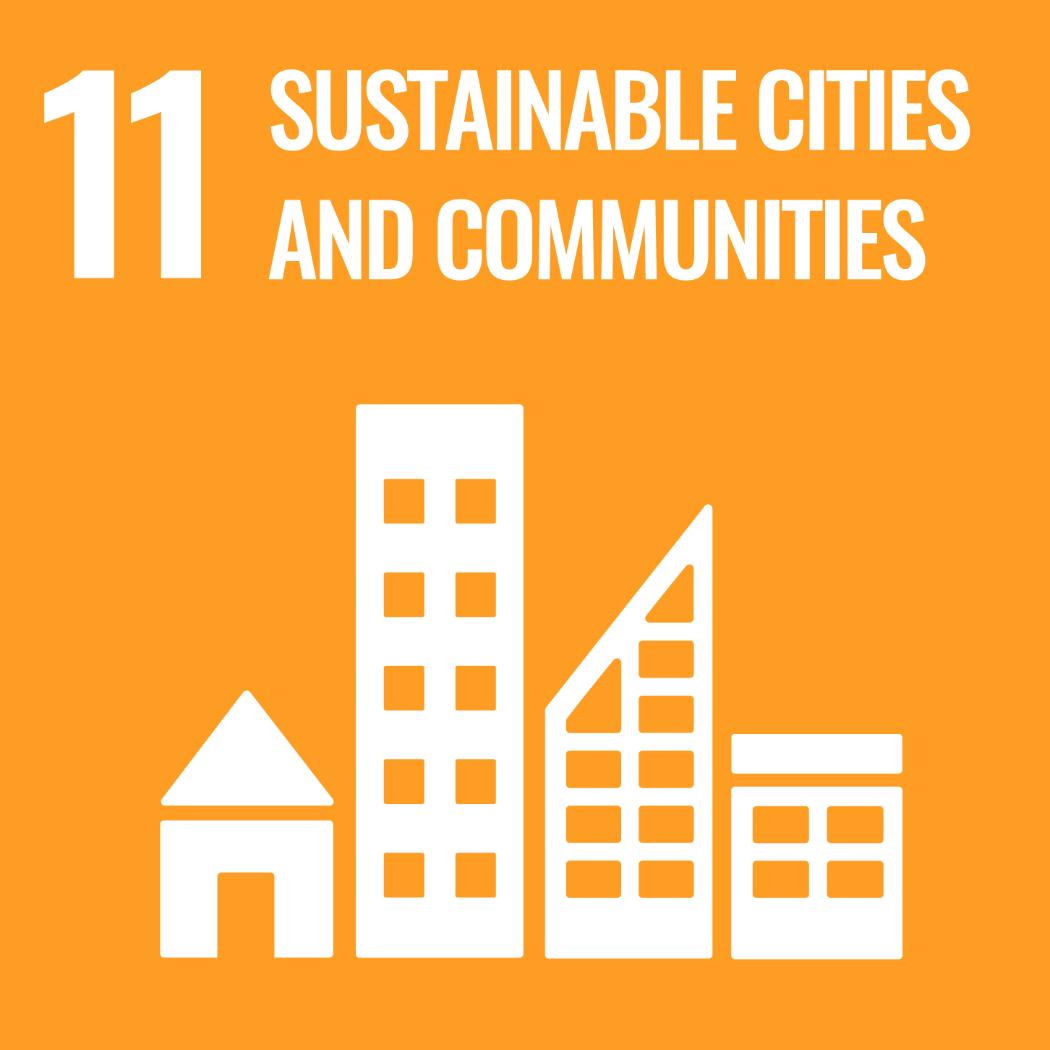


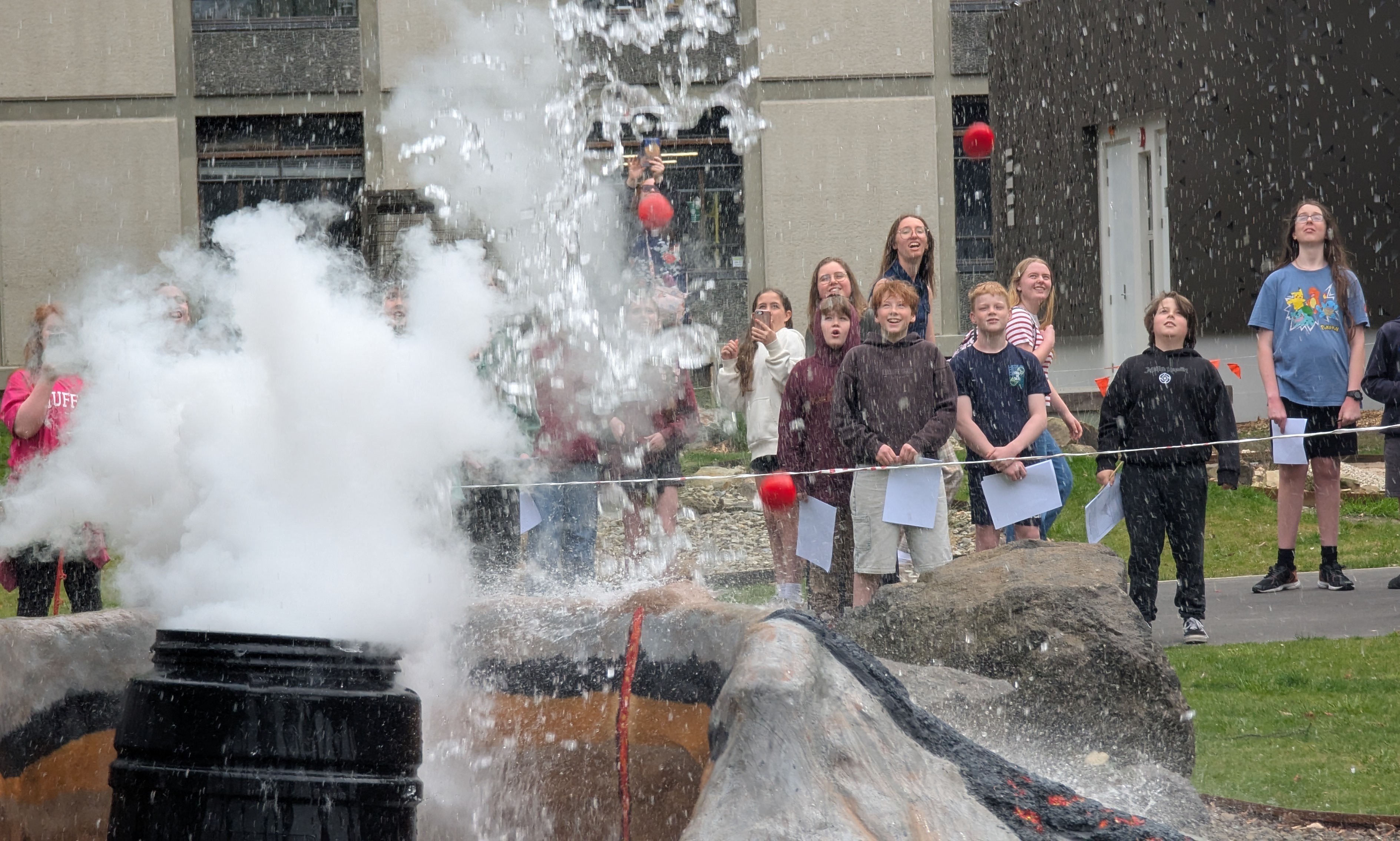
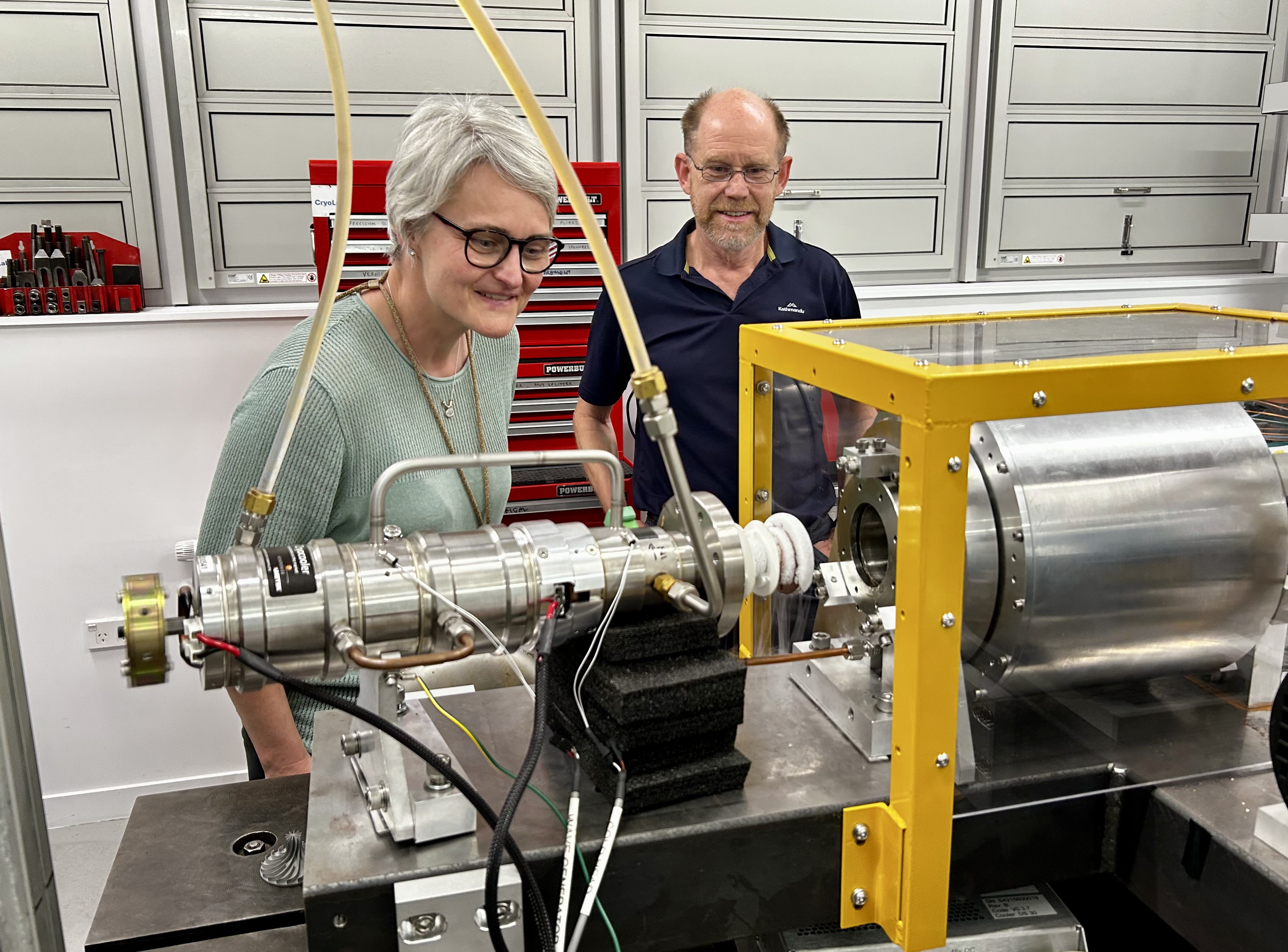
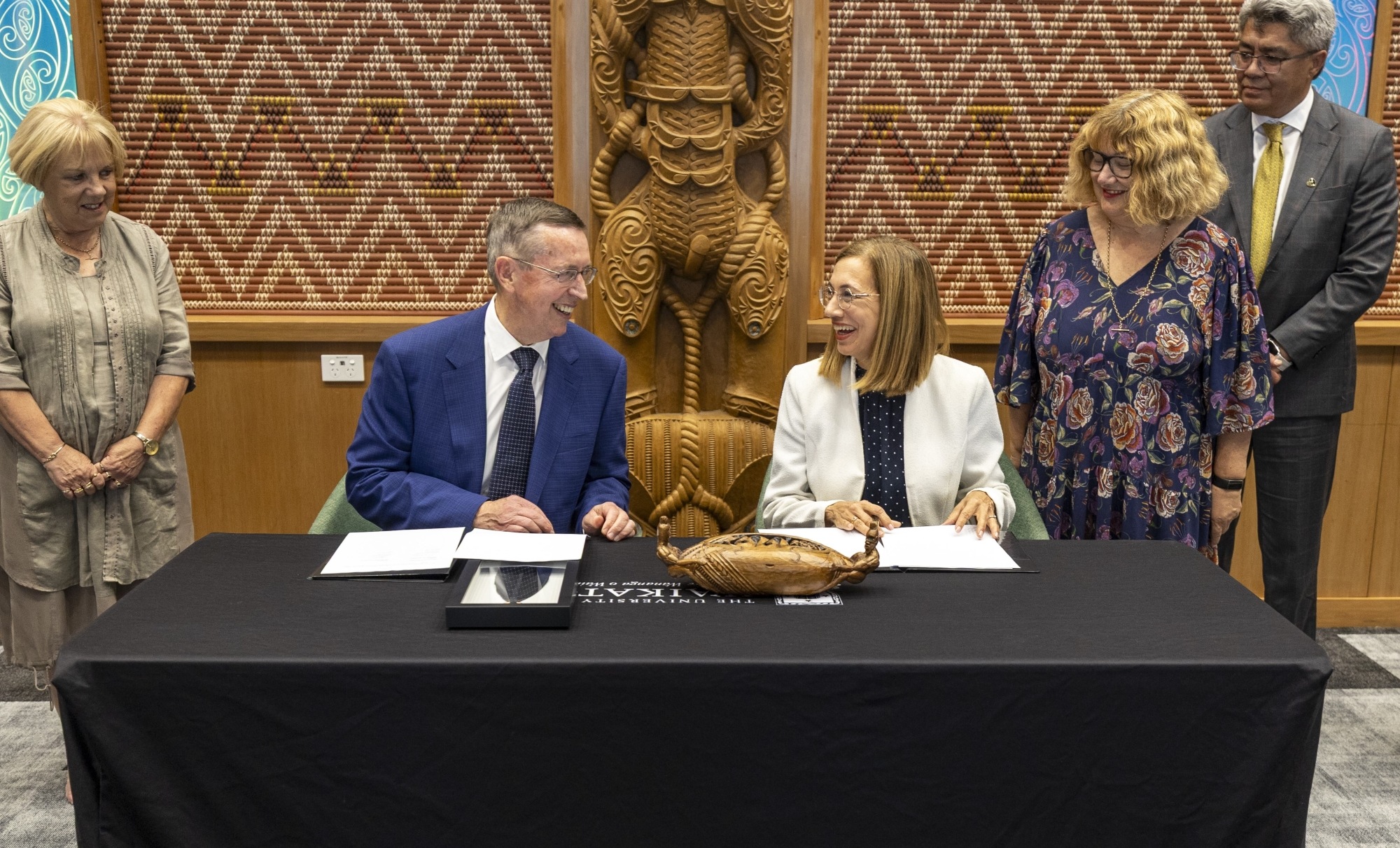


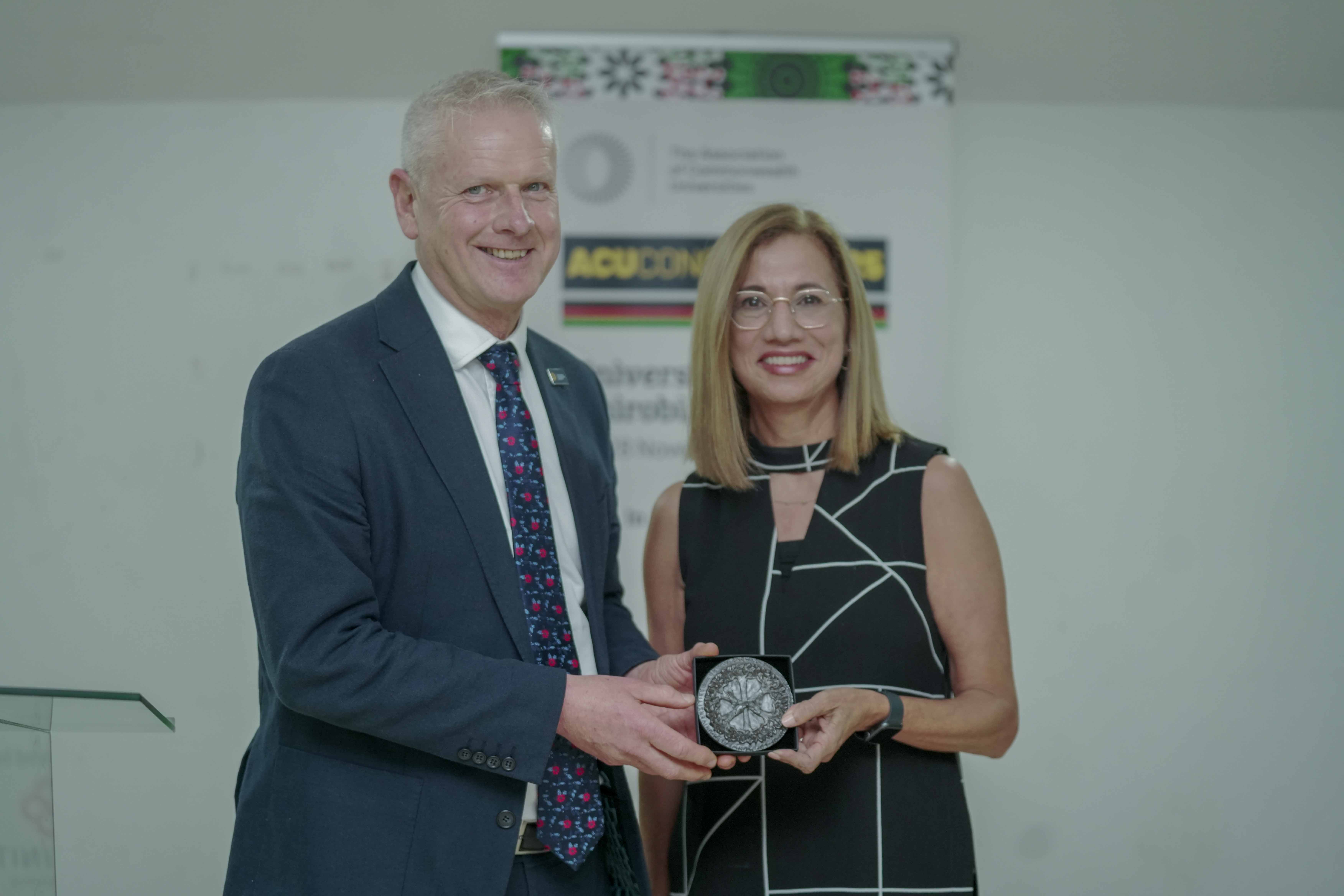
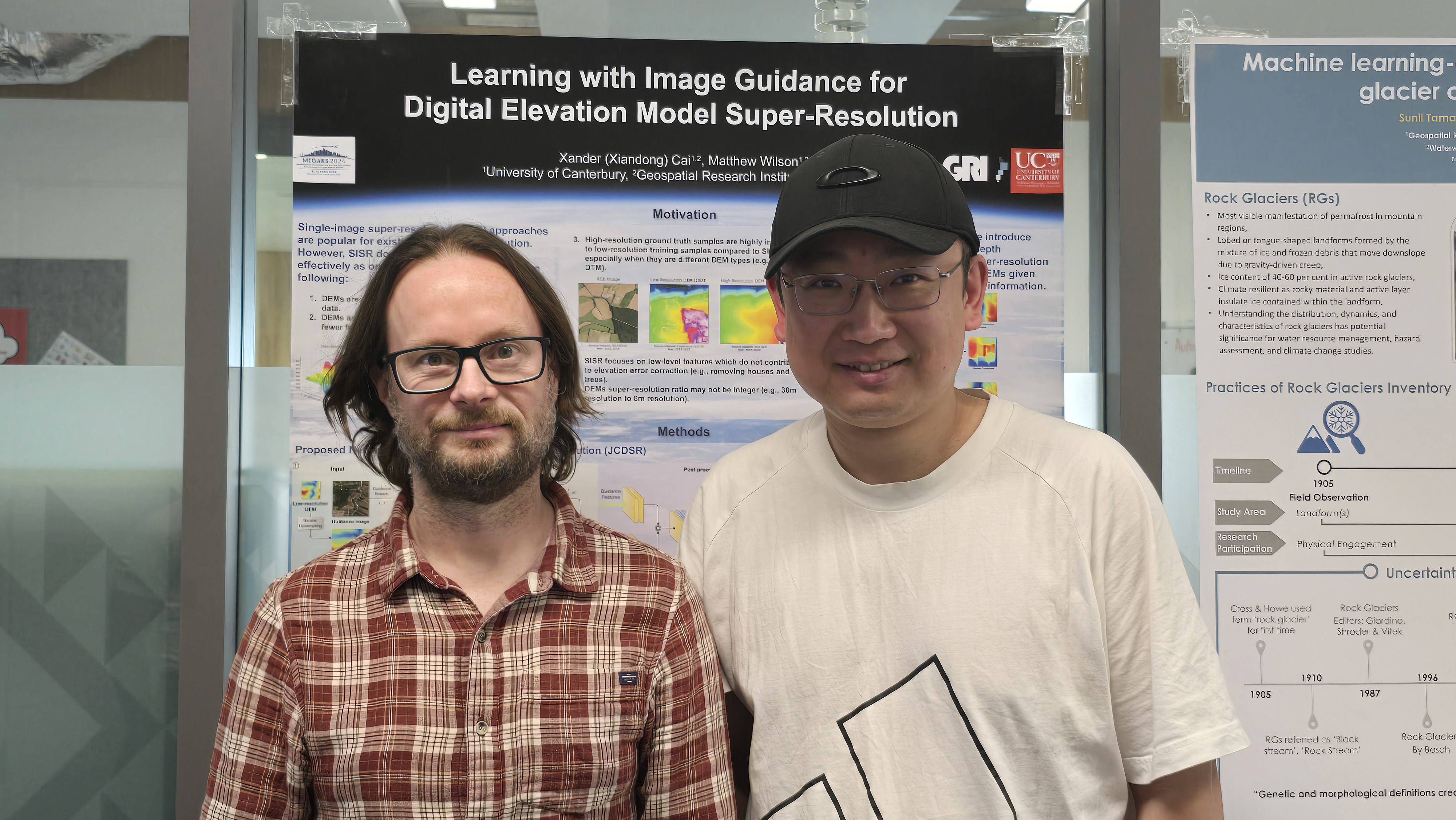
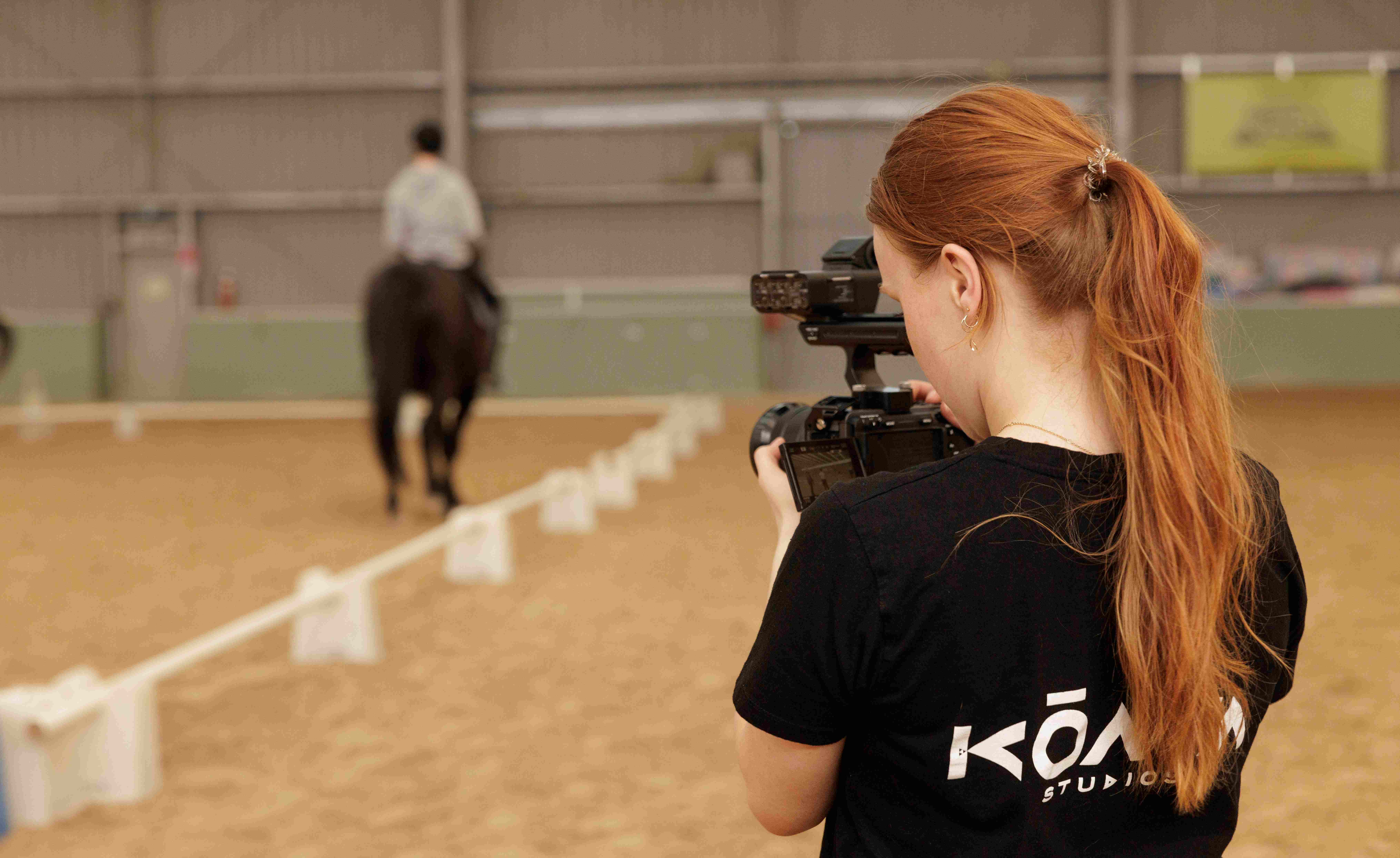
.jpg)